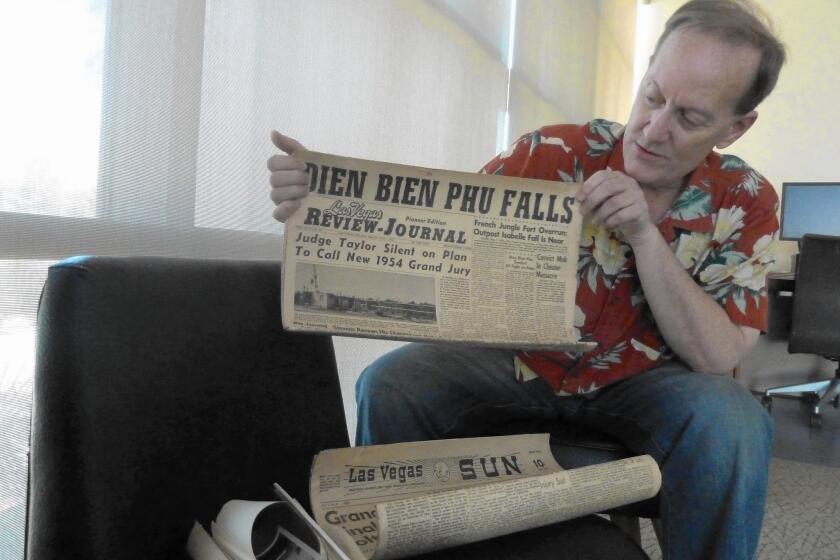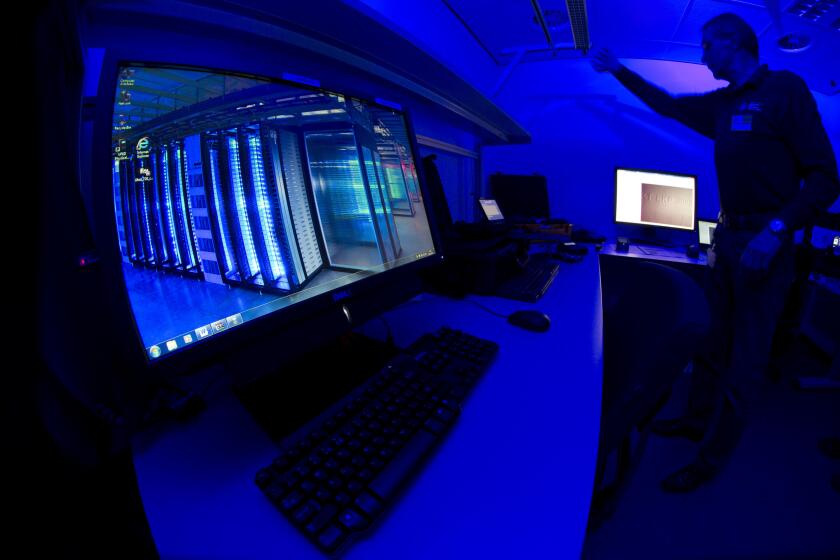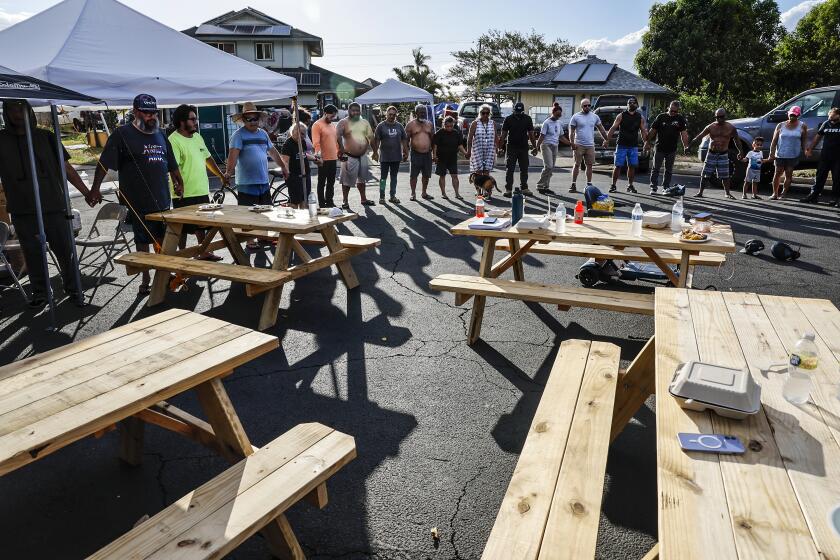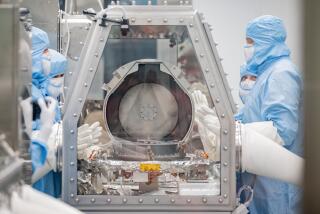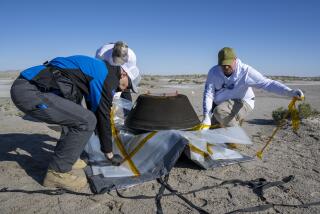Whatâs in the box? For much-hyped West Point time capsule, it turns out, only mud
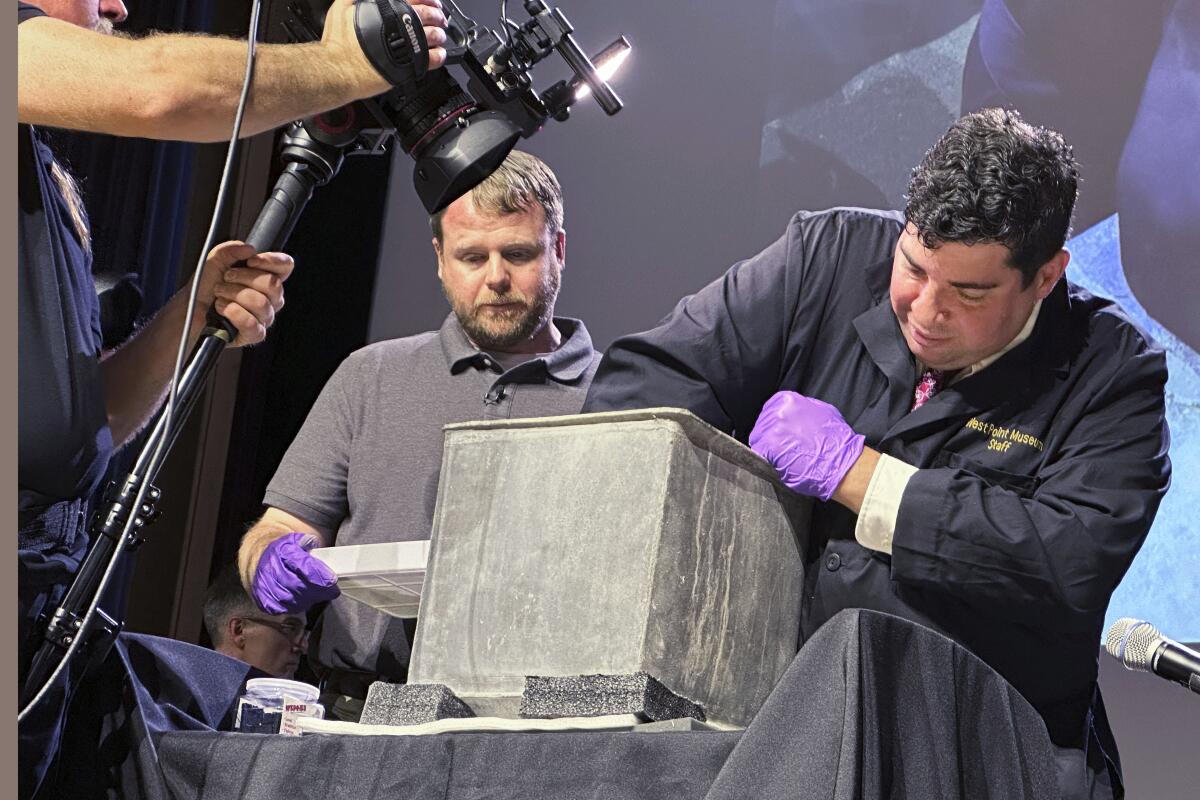
It was like a teaser to an HBO series finale.
After staff at the U.S. Military Academy discovered a nearly 200-year-old time capsule on campus in the spring, the possibilities of what were inside seemed endless.
Curious West Point cadets threw out their guesses: mess hall silverware, a U.S. flag, a pair of boots, a diary, a class ring and maps. Lt. Gen. Steve Gilland, superintendent of West Point, said in a statement that the capsuleâs contents would âadd to the West Point story.â Leading up to the reveal, the academy posted reminders on social media for people to livestream the event âas we unlock secrets from the past.â
The drama was high.
âAre we ready to see what is in that box?â Jennifer Voigtschild, the West Point historian, called to the crowd to kick off the event.
Dennis McBrideâs first time capsule was an amateur affair.
A panel of historians filled the stage, and cadets flanked the wings. Staff stood ready to excavate the capsuleâs contents. At the center of the stage was the true star: a box made of lead, about 1 cubic foot, hidden away under a black sheet.
But all that buildup landed with a thud, when the big reveal Monday turned up nothing but mud. Literally.
âThe box didnât quite meet expectations,â said Paul Hudson, an archaeologist at the academy.
Staff members at West Point found the time capsule in May during renovations to the 8½-foot bronze statue of Thaddeus Kosciuszko, a Polish general, military engineer and rebel who fought in the American Revolution. They announced the finding in a news release this month.
Time capsules hidden too well for their own good
Historians estimated the capsule was stored at the base of the monument in 1828, some 26 years after the academyâs founding.
The mystery and anticipation mounted in the months since. The physics department used a high-powered X-ray machine on the box, which revealed âsome anomalies on the interior that we think may be some objects,â Hudson said. âThat is promising.â
Hudson explained how the staff members would open the lead box and the precautions they would take, including wearing gloves, N95 masks and using a handheld vacuum with a HEPA filter.
Hudson held down the box, and Kevin Hultslander, the general supervisor at the West Point Garrison Public Works, chiseled away at a flap on the top.
The agencies infiltrated and seized control of a major malware network that was used for more than 15 years to commit crippling ransomware attacks and other crimes.
âWhat do we see?â Voigtschild called out. A camera shakily zoomed in on the top of the container. Hudson pointed a small light inside the capsule and leaned his face close to get a good look.
âItâs empty,â someone said. Hudson stuck his arm inside the box and came out empty handed. The crowd laughed.
After a few minutes examining some of the containerâs contents while historians discussed the importance of the Kosciuszko statue, Hudson delivered an update. A layer of silt had settled in the bottom of the box, he said.
As Maui hotel rooms sit empty after the deadly Hawaii wildfire that devastated Lahaina, some are sounding economic alarms, asking tourists to return.
âWe donât want to think that they went to all the trouble to put this box in the monument and not put anything in it,â he said.
Officials plan to collect and screen the silt. The lid also contained a stamp from the manufacturer that Hudson said could lead staff down another path with more clues.
The mystery continues.
More to Read
Sign up for Essential California
The most important California stories and recommendations in your inbox every morning.
You may occasionally receive promotional content from the Los Angeles Times.
